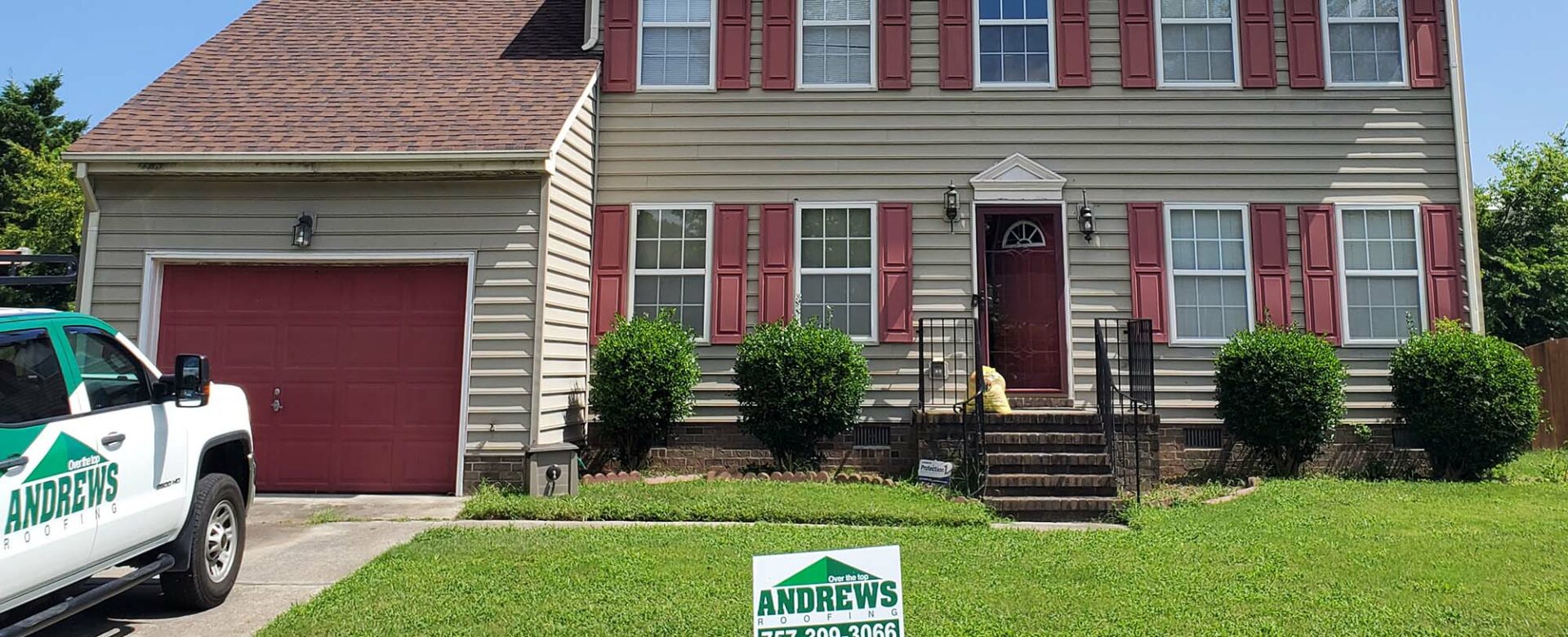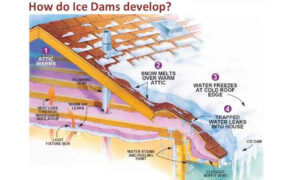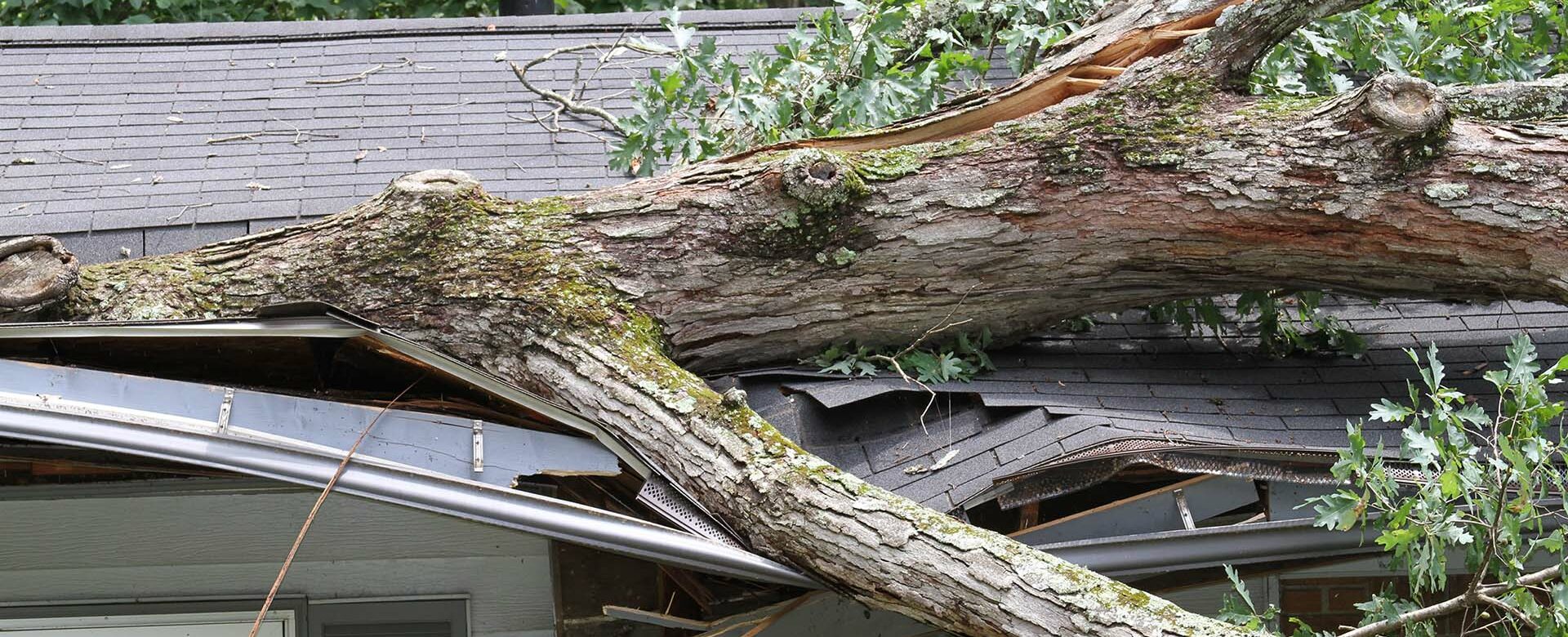When you know it’s time for a new roof, the most critical decision you’ll need to make isn’t the style or color of your roof’s new materials, it’s who you choose to do the work. No material, regardless of its cost, warranty, or visual appeal, is worth anything if not installed by a competent professional. In fact, a poorly or incorrectly installed roof can lead to serious damage as well as a void in the warranty of your roof’s materials. To ensure your home is protected and beautiful for many years to come, you should carefully evaluate and consider several factors when selecting the roofing company who will do the work.
Credentials and Licensing:
Before even requesting an estimate from a roofing company, verify that they are licensed and insured. A valid license ensures that the contractor meets the necessary standards and regulations in your state. Insurance is crucial to protect both the homeowner and the contractor in case of accidents or damages during the project. Without it, a worker injured on your property during the installation may become your liability.
Experience and Reputation:
As you begin your search for a reputable company, start with your neighbors whose homes you know are well maintained. Ask who they’ve used or who they would recommend. Check online reviews, testimonials, or ask for references to gauge the contractor’s reputation. A reliable contractor should be willing to provide references from previous clients or point you to public places online with positive reviews and feedback from customers. You may also want to ask each company how long they’ve been in business, how many projects they’ve completed, and how long their employees have been on staff.
Locally Owned and Operated:
Always try to look for a local roofing contractor with an established presence in your community. Local contractors are more familiar with local building codes, weather conditions, common issues and can provide better post-installation and warranty claim support. In addition, you’ll also be helping to support small businesses in your region, bolstering the local economy.
Material Options:
Inquire about the types of roofing materials the contractor uses. A reputable contractor will offer a variety of high-quality materials and be knowledgeable about the pros and cons of each as well as their individual warranty options and how they perform in your specific region. Don’t be afraid to ask how many projects they’ve completed with the specific materials you are interested in.
Contracts and Communication:
Before moving forward with any company, make sure they provide a detailed, written contract that outlines all aspects of the project – from materials to timeline and of course costs. Read this contract carefully, ask questions and get clarity on any uncertainties before work begins. At this point, you will likely be able to tell how well the company and your project manager are at communication. It’s critical that they keep you in the loop, are responsive to your questions and concerns, and can explain each part of the process clearly. Talk to them about your preferred methods of communication and your daily availability and expectations up front to avoid misunderstanding during the project.
We Can Help
If it’s time for a new roof, Andrews Roofing is a great choice for homeowners in the Hampton Roads region. With decades of experience replacing and repairing roofs for our Tidewater community, we can assist with material choices, warranty information, maintenance, and repairs. Our reputation in the community speaks for itself, as does our longevity in the industry. Contact us today to schedule your





